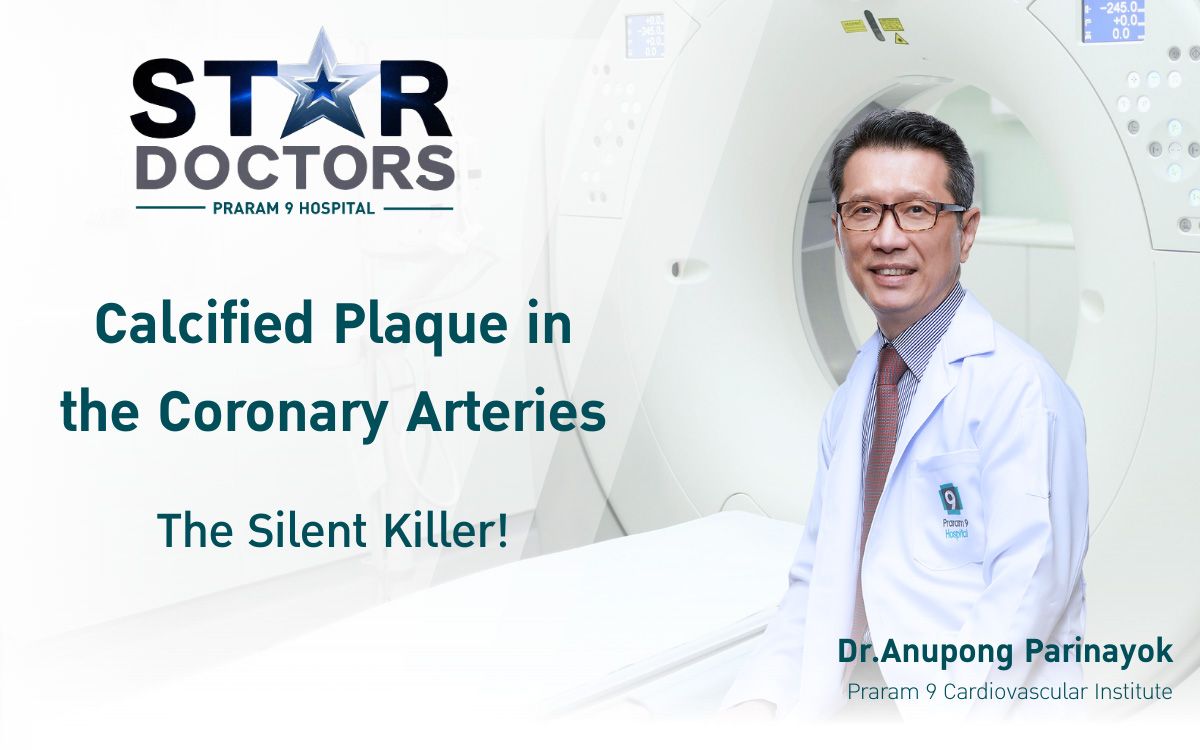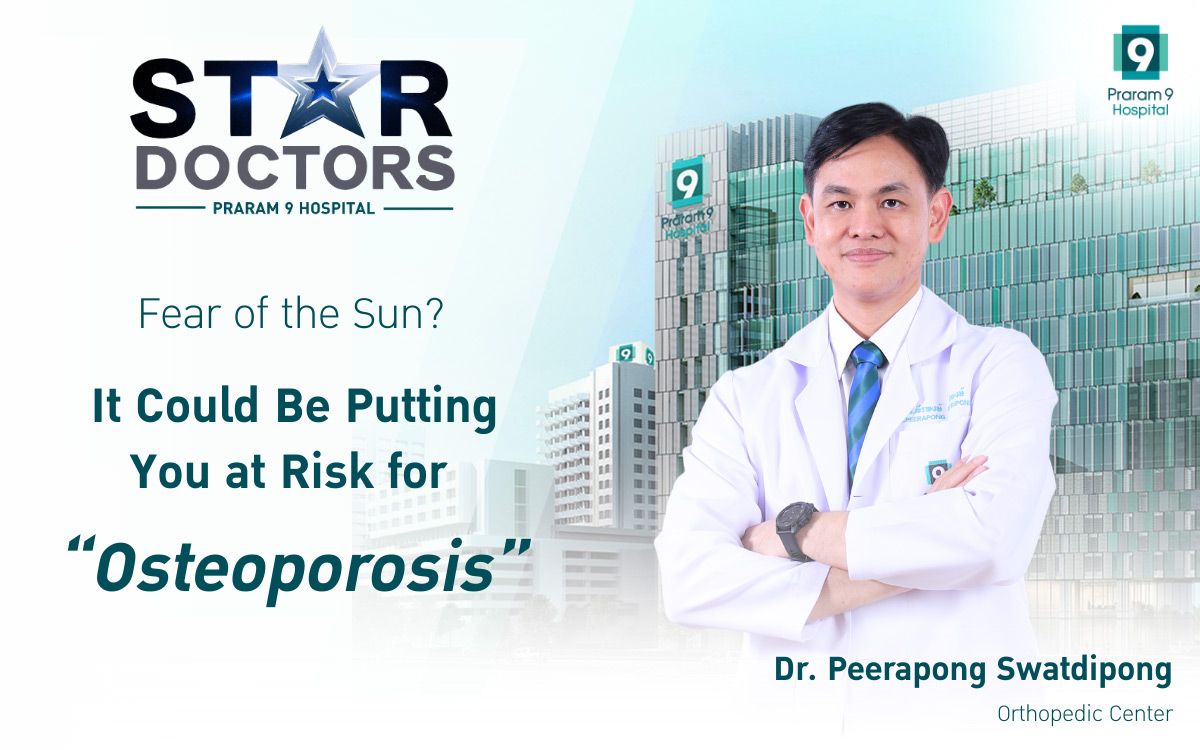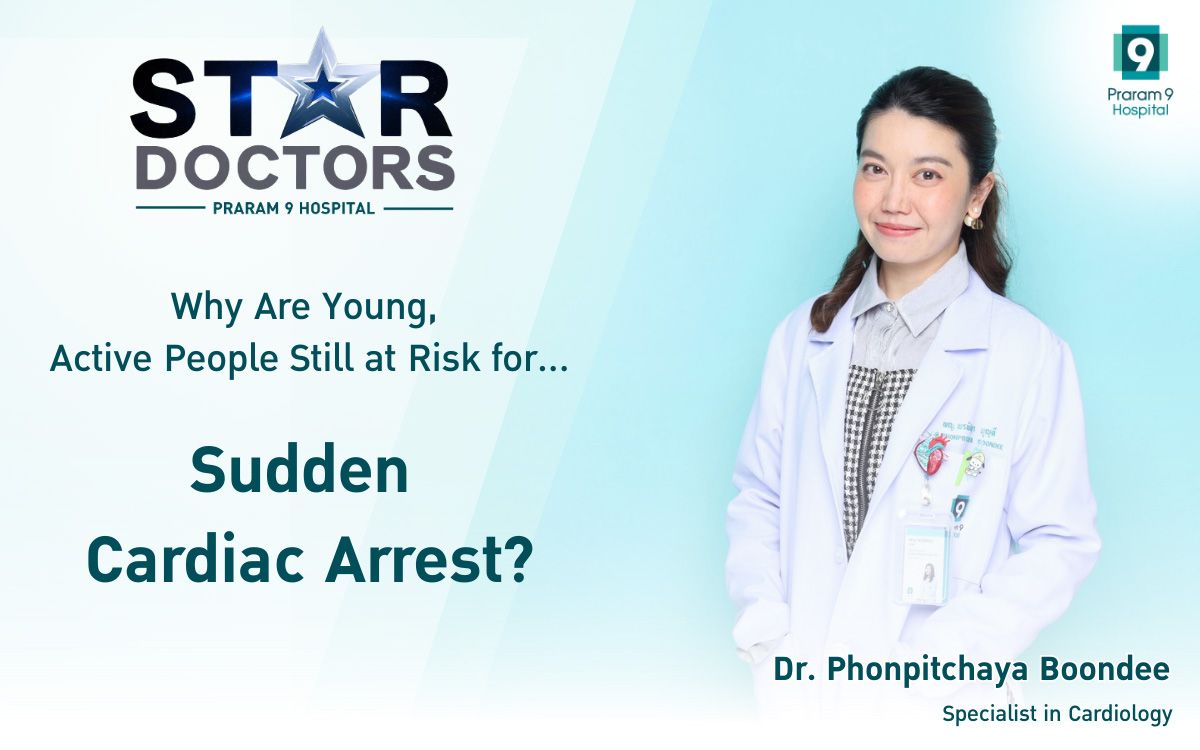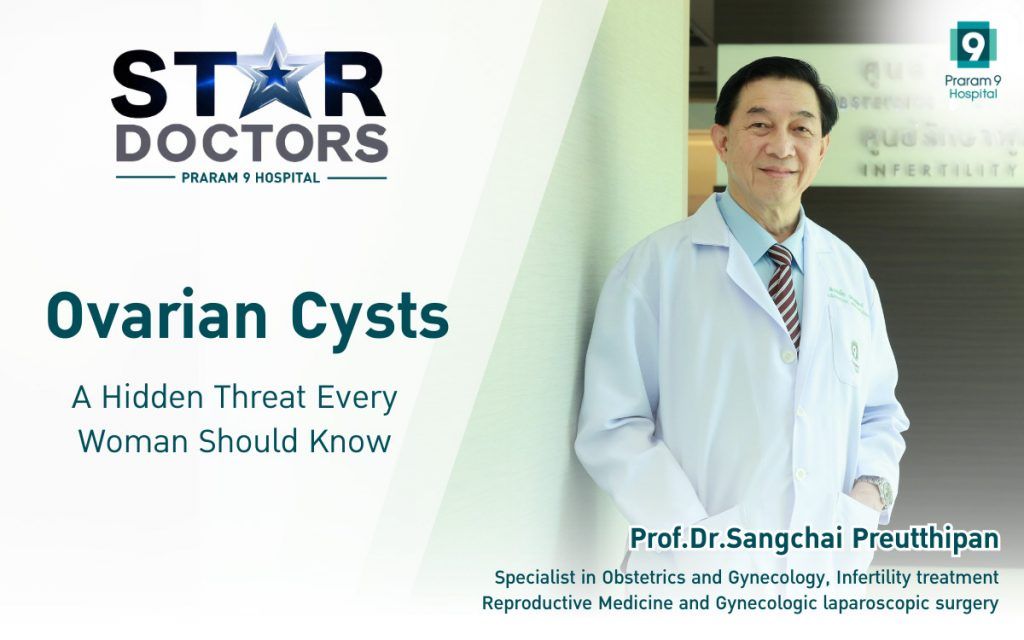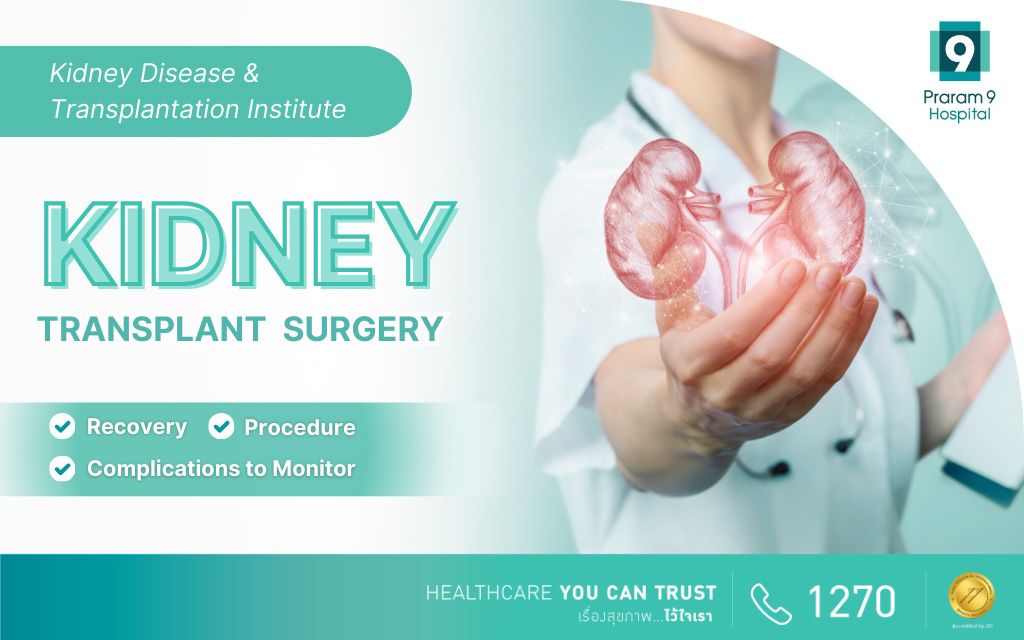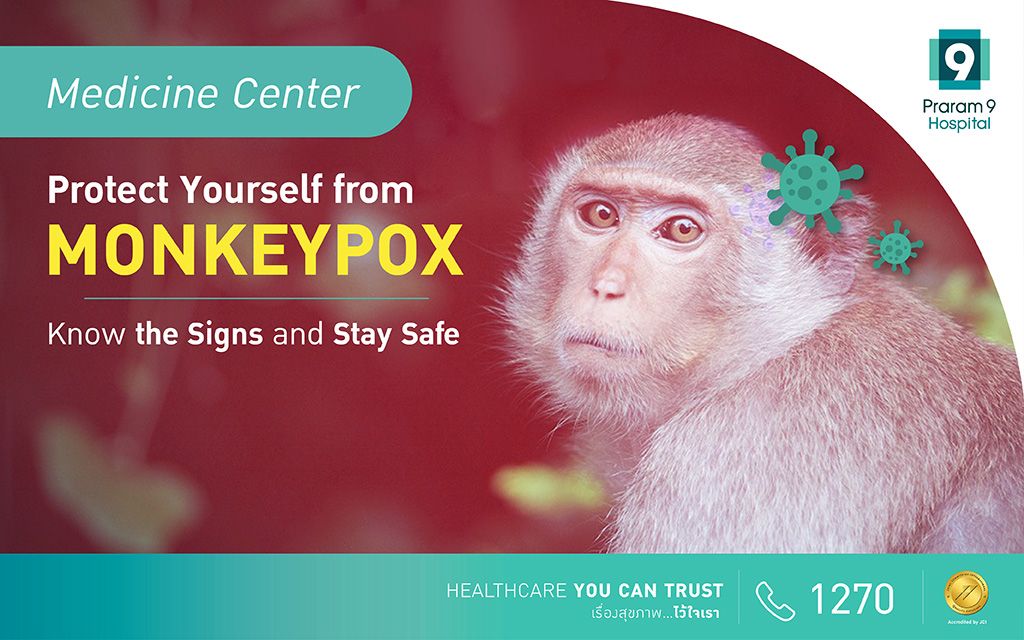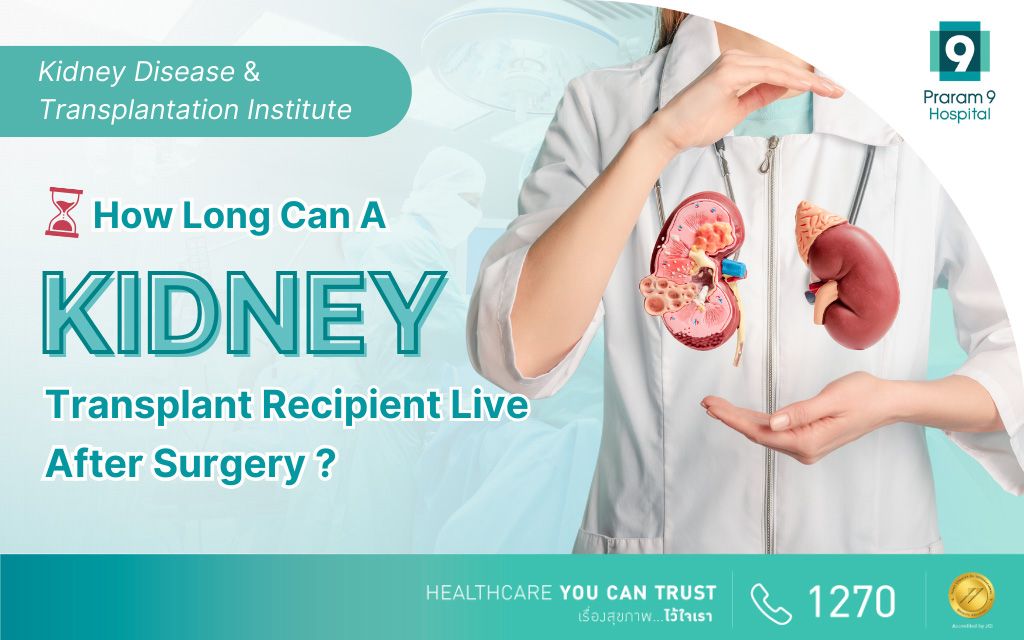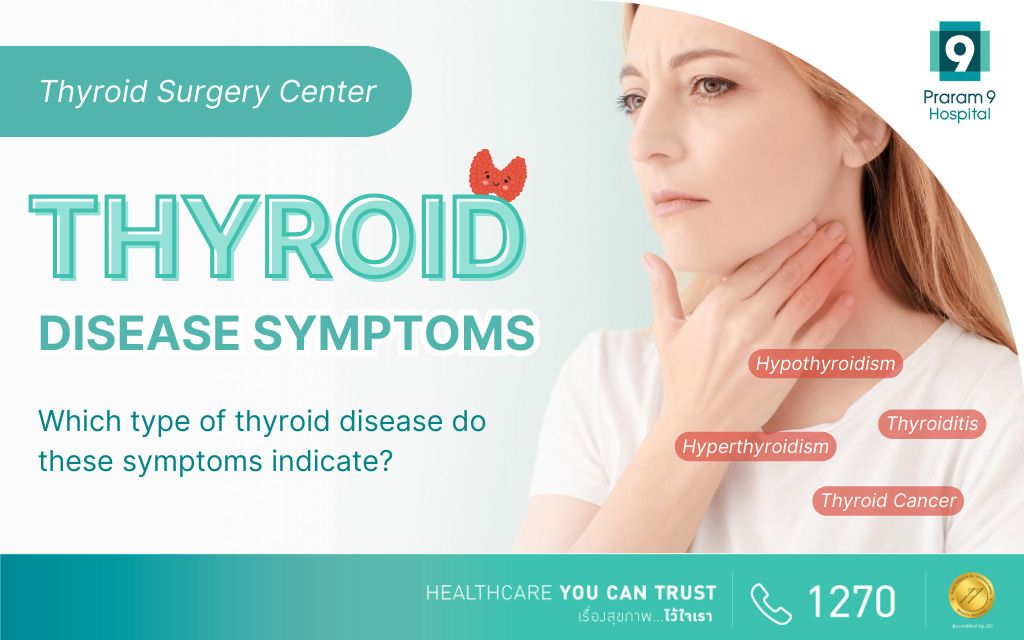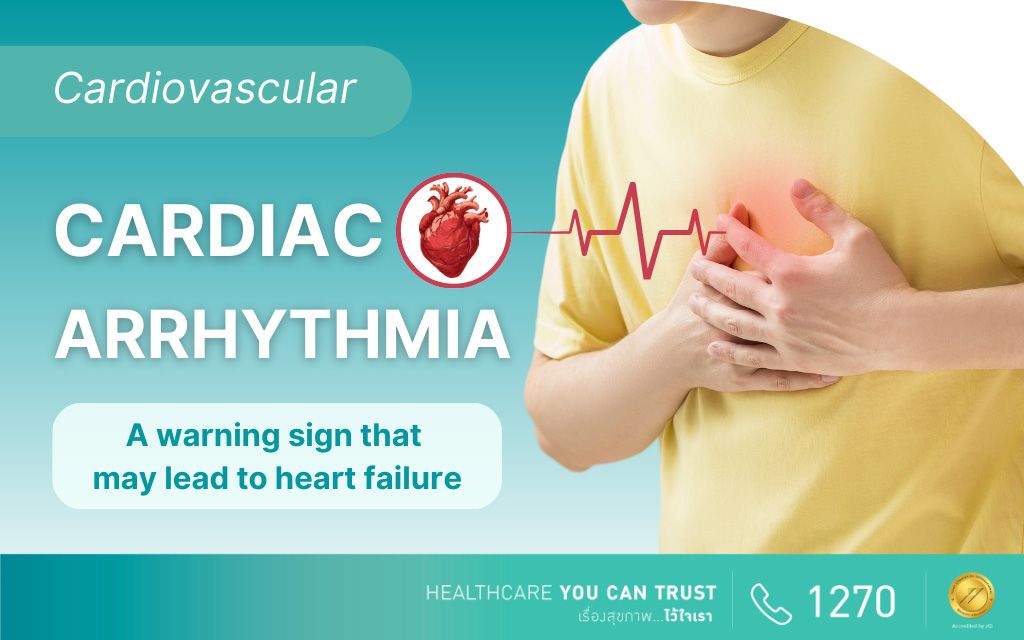Health Articles
Knowledge
Osteoporosis: The Cause of Brittle Bones, Easy Fractures, and a Silent Threat to the Elderly
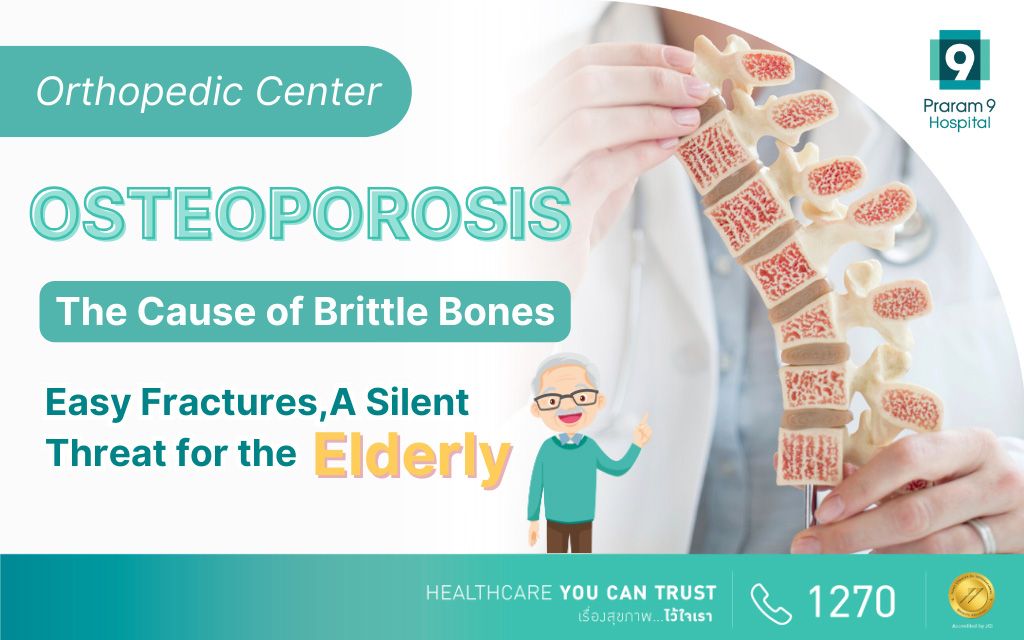
Osteoporosis is a chronic disease that causes bones to become brittle and easily fractured. It is commonly found in the elderly but can also occur in other age groups. As osteoporosis is a significant global public health issue, the International Osteoporosis Foundation has designated October 20th as World Osteoporosis Day. This day aims to raise public awareness about the importance of osteoporosis care and prevention.
This article provides information about osteoporosis, including its causes, symptoms, risk groups, diagnosis, treatment options, prevention methods, and appropriate exercises for those with the condition.
Table of contents
- Understanding Osteoporosis
- Causes of Osteoporosis
- Symptoms of Osteoporosis
- Treatment of Osteoporosis
- How to Exercise with Osteoporosis?
- Prevention of Osteoporosis
- Conclusion
Understanding Osteoporosis
Osteoporosis is a condition characterized by a decrease in bone density and mass, leading to reduced bone strength, brittleness, and deformity. The disease progresses over many years and is commonly found in the elderly. It is often asymptomatic, meaning there are no noticeable signs until a bone fracture occurs or there is a visible curvature of the spine due to vertebral compression and significant height loss.
Causes of Osteoporosis
Osteoporosis can arise from various causes, including:
- Gender: Women are at a higher risk of developing osteoporosis compared to men because they generally have lower bone density and mass. Women are also more likely to lose calcium from their bones. However, men over the age of 70 are also at risk.
- Age: Osteoporosis is commonly found in individuals over 50 years old. As people age, the process of bone formation slows down while the process of bone resorption accelerates, leading to an imbalance between bone formation and resorption.
- Low Weight or Thinness: Individuals with low body weight or thin build have smaller and thinner bones, increasing their risk of developing osteoporosis compared to those with normal body weight.
- Ethnicity: Asian and Caucasian women are at a higher risk of developing osteoporosis compared to African American and Mexican women, due to generally having less bone strength.
- Hormonal Changes: Decreased estrogen levels in postmenopausal women disrupt the balance between bone formation and resorption.
- Medications: Long-term use of certain medications can lead to bone mass loss and increased risk of osteoporosis. These include glucocorticoids (used to treat asthma and rheumatoid arthritis), anticonvulsants, cancer treatments, and proton pump inhibitors (which reduce stomach acid production).
- Diet: Diets low in calcium and vitamin D, or excessively high or low in protein, can increase the risk of osteoporosis.
- Lack of Exercise: Physical inactivity or lack of exercise can increase the risk of bone mass loss.
- Alcohol Consumption: Regular alcohol consumption can reduce calcium absorption efficiency in the body, accelerating bone degeneration.
- Smoking: Research has shown that smoking is a significant risk factor for developing osteoporosis.
Symptoms of Osteoporosis
Osteoporosis is a silent disease that usually does not show specific symptoms indicating the condition until a fracture occurs. This fracture can happen without a clear cause or due to minor activities such as stretching improperly or a minor fall. However, there are some early signs to watch for:
- Decreased height, resulting in shorter stature
- Hunched or curved back
- Chronic pain in the waist, back, or bones
- Bones that fracture easily
If any of these symptoms are observed, it is crucial to see a specialist promptly for a bone mass examination and diagnosis.
Treatment of Osteoporosis
Treating osteoporosis focuses on lifestyle modifications to reduce risk factors, including:
- Encouraging the consumption of calcium-rich foods along with vitamin D supplements to improve calcium absorption.
- Maintaining a healthy weight.
- Exercising regularly.
- Avoiding alcohol consumption and smoking.
If diagnosed with osteoporosis, treatment may involve medications in addition to lifestyle changes to prevent fractures. Medications used for treating osteoporosis include:
- Bone Resorption Inhibitors: Estrogen agonists, calcitonin, bisphosphonates, and denosumab.
- Bone Formation Promoters: Teriparatide, abaloparatide, and romosozumab.
How to Exercise with Osteoporosis?
If you have been diagnosed with osteoporosis, regular exercise is essential as it helps strengthen muscles, improves balance, reduces the risk of fractures, and alleviates pain. However, it is crucial to ensure that the exercise routine is appropriate and safe.
Before starting any exercise program, it is advisable to consult with a specialist to conduct a bone density test and a fitness assessment. Based on the results, suitable exercises may include:
- Strength Training Exercises: These exercises aim to strengthen muscles using resistance bands, weights, or body weight. They particularly focus on the upper back muscles, improving body alignment, and maintaining bone mass.
- Weight-Bearing Aerobic Activities: These exercises involve activities where the body supports its own weight through the legs and feet or hands and arms, such as walking, jogging, and low-impact aerobics. These activities strengthen the bones in the legs, hips, and lower spine and are beneficial for cardiovascular health.
- Flexibility Exercises: Stretching exercises that improve muscle and tendon flexibility should be done slowly to reduce the risk of injury. These exercises promote joint mobility and reduce the likelihood of strains.
- Balance Exercises: Activities like tai chi enhance muscle coordination and joint function, increasing muscle strength and improving balance.
By incorporating these exercises into a routine, individuals with osteoporosis can improve their overall physical health and reduce the risk of complications related to the condition.
Preventing Osteoporosis
To prevent osteoporosis, it’s important to follow these guidelines:
- Balanced Nutrition: Eat a diet rich in all five food groups, ensuring adequate protein and calcium intake. Include foods high in vitamin D alongside calcium-rich foods to enhance calcium absorption. Examples include fatty fish (salmon), dairy products, eggs, mushrooms, nuts, seeds, and fruits.
- Sun Exposure: Spend time about 15 minutes in the morning sun to stimulate vitamin D production. This helps in maintaining optimal vitamin D levels, crucial for bone health.
- Maintain a Healthy Weight: Keep your body weight within a healthy range, as indicated by a Body Mass Index (BMI) between 18.5 and 22.9.
- Regular Exercise: Engage in regular physical activity that includes weight-bearing exercises, strength training, flexibility exercises, and balance exercises. These activities help strengthen bones, muscles, and improve overall physical fitness.
- Avoid Smoking and Limit Alcohol: Avoid smoking and limit alcohol consumption to reduce the risk of osteoporosis.
By adopting these preventive measures, individuals can significantly reduce the likelihood of developing osteoporosis and maintain bone health throughout their lives.
Conclusion
Osteoporosis is a silent threat commonly found in the elderly. It often doesn’t show clear symptoms until osteoporosis is present. Warning signs include fractures, stooped posture, and decreased height. Therefore, to reduce the incidence of osteoporosis and preserve the quality of life for your loved ones, promoting behavior adjustments to mitigate risk factors is advisable.
